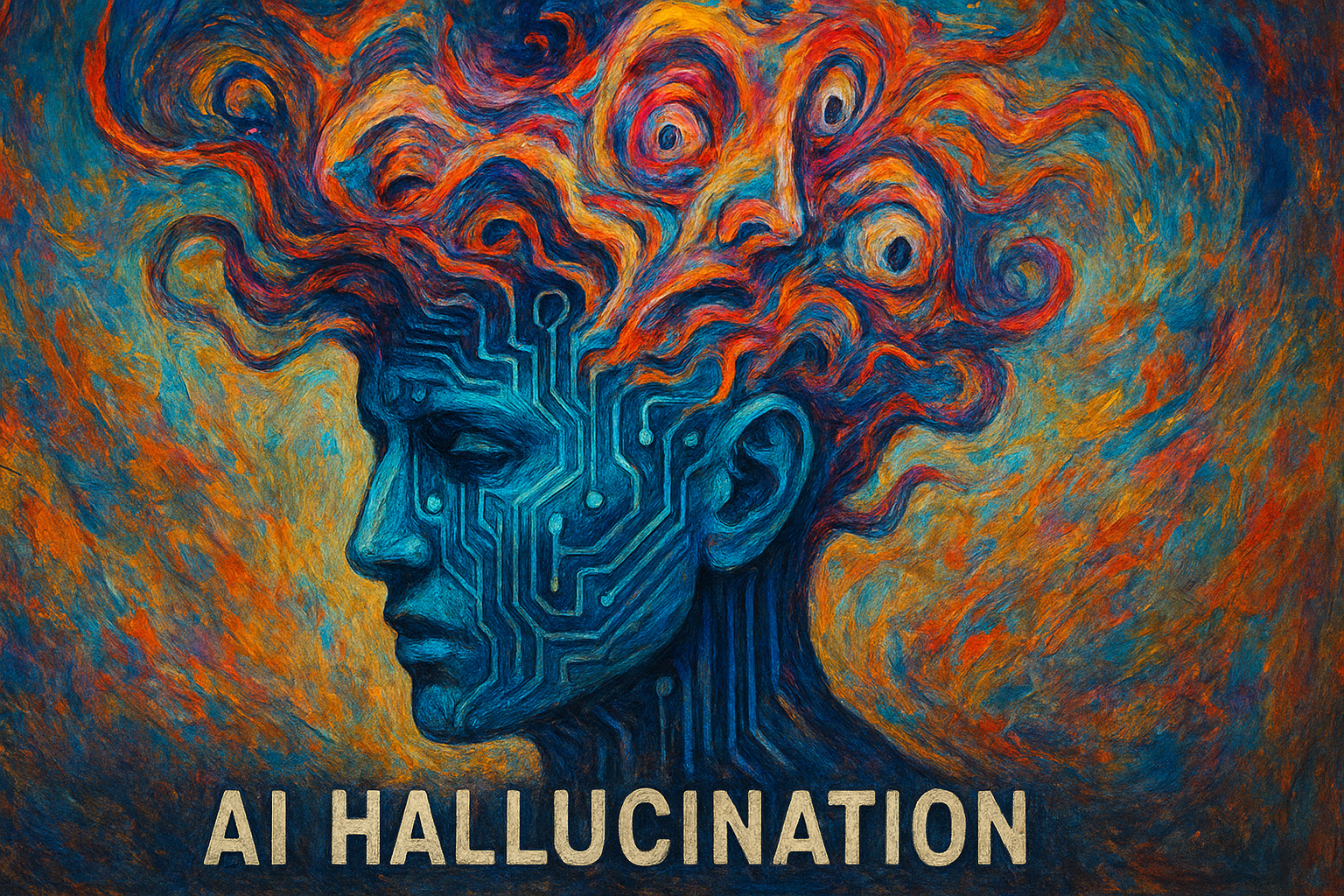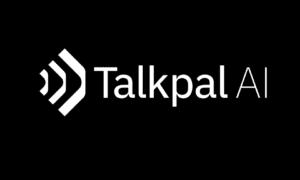Artificial intelligence hallucinations, the tendency of large language models (LLMs) to generate content that is coherent but not factually grounded, are one of the hottest debated phenomena in the AI ecosystem. For enterprises, regulators, and researchers, hallucinations are seen as a flaw. An AI assistant that invents a legal precedent or misdiagnoses a medical condition is not quirky; it is dangerous.
Yet as someone who has spent the last several years building consumer AI products, including Status (YC W22), a fast-growing social simulation app, I have come to believe the opposite. In consumer technology, hallucinations are essential. Properly framed, designed, and constrained, they are the feature that drives user engagement, novelty, and long-term retention.
This perspective emerges from experience. I have co-founded multiple startups, iterated through both successful pivots and product shutdowns, and learned how generative systems can be tuned to maximize delight without sacrificing coherence. What the technical community calls a bug, I see as an opportunity.

Why Hallucinations Happen
To understand why hallucinations matter, we must start with why they exist. LLMs function by predicting the most probable next token in a sequence, conditioned on vast amounts of training data. They are statistical models of language, not knowledge bases. They do not “know” in the way humans do; they calculate likelihoods.
These mechanisms naturally give rise to hallucinations. A model asked for a quotation by some obscure historical figure may legitimately fabricate a fake but plausible-sounding one if it is not considered to have malfunctioned, for it has been trained to maximize coherence rather than truth. The two settings, along with sampling methods chosen during inference (for example, nucleus sampling or top-k filtering), work as an amplification of the effect. Higher temperatures allow more diversity and surprise, while lower temperatures force determinism.
In enterprise contexts, the goal is often to reduce hallucination by lowering temperature, constraining outputs, or anchoring models to retrieval-based systems. But in consumer entertainment, those very same “loosened” configurations are what generate charm. A strictly deterministic chatbot is accurate but sterile. A model tuned for creativity, with higher variability, produces moments of surprise that feel closer to human imagination.
The paradox is that the more you suppress hallucinations, the more you suppress creativity. For consumer applications, this trade-off cannot be ignored.
Hallucinations as Engagement Drivers
Consumer products are not optimized for precision; they are optimized for engagement. In gaming, social media, or creative applications, the psychology of delight rests on unpredictability. Users return not because the system is always right, but because it is always new.
Hallucinations act as engines of novelty. A chatbot that occasionally invents a playful response feels more like a character than a database. A simulated social feed where AI personas spark drama, scandals, or gossip feels alive, even if those storylines are fabricated.
In our own development of Status, we saw this first-hand. Users did not want a perfectly accurate simulation. They wanted immersion. They wanted characters that surprised them, even if those surprises bent the canon of a fictional world. A hallucination where Snape starts a debate about a “lost potion formula” delighted users precisely because it felt spontaneous and in-character, despite never existing in official lore.
The data reinforced this. Within months of launch, Status surpassed two million downloads, with average session times of over 90 minutes per day. Engagement was driven by emergent chaos that made every session unique.
Lessons from Engineering Status
From a technical perspective, building Status meant not avoiding hallucinations but channeling them. We treated hallucination as a design space, asking not how to eliminate it but how to shape it into coherence. Several key practices emerged:
1) Context Anchoring: We learned that hallucinations must be framed within constraints. Characters were given strong personality anchors through prompt engineering and fine-tuning, ensuring that while they improvised, they did so in character. A dwarven character might complain about mining duty, but it would never suddenly discuss cryptocurrency.
2) Dynamic Prompt Design: Rather than static prompts, we experimented with dynamic context windows that pulled in recent interactions, world lore, and user history. This reduced “jumps” out of context while still allowing improvisation.
3) Feedback Loops: We embedded user rating mechanisms for posts, categorizing them by humor, drama, or narrative quality. Over time, this data-informed model tuned to teach the AI which kinds of hallucinations resonated most.
4) Hybrid Model Tuning: We intentionally adjusted sampling parameters (temperature, top-p, top-k) depending on the narrative context. High unpredictability was used for gossip accounts to keep stories fresh, while lower randomness was used for “anchor” characters to preserve world coherence.
5) Guardrails and Moderation: Hallucinations without limits can become unsafe. We layered moderation filters to prevent harmful, offensive, or legally risky content. This allowed controlled chaos in terms of creativity within ethical boundaries.
The result was not randomness for its own sake. It was curated unpredictability which are hallucinations engineered to sustain immersion, while respecting both user trust and narrative logic.
Industry Validation
Other products reinforce this principle. Character.AI, which as of late 2023 had 3.5 million daily active users averaging nearly two hours per session, thrives because users embrace AI roleplay that is explicitly fanciful. People log in not expecting truth but seeking companionship, improvisation, and narrative twists.
Similarly, AI Dungeon revealed early that players value “wrong turns” as much as correct ones. The joy came not from accurate storytelling but from absurd, unexpected branches. These became viral precisely because they were unexpected.
Both platforms highlight that hallucinations, when framed as creativity rather than error, can be monetized into lasting user engagement.
Designing for Controlled Chaos
For founders and engineers considering consumer-facing AI, the question is no longer “how do we eliminate hallucinations?” but “how do we design with them intentionally?”
Here is the emerging playbook:
- Expectation Management: Frame the product context so users understand the AI is a creative partner, not a truth oracle. This reframes hallucinations as entertainment, not failure.
- Contextual Grounding: Use prompt engineering, embeddings, or lightweight fine-tuning to keep hallucinations within logical boundaries (character personas, fictional worlds, or theme constraints).
- Controlled Variability: As a guiding principle during inference, vary parameters according to the cast random for improvisational agents but almost deterministic for authoritative characters.
- Continuous User Feedback: Use ratings, reactions, or signals of implicit engagement to retrain or re-rank the outputs. The best hallucinations are those co-created by the audience.
- Robust Moderation Layers: Safety remains paramount. Use classifiers, blacklists, and reinforcement learning to filter outputs that cross ethical or legal lines.
These practices elevate hallucinations from uncontrolled randomness into structured creativity. Having co-founded multiple startups, I have learned that unpredictability is not a threat but an inevitability, both in business and in technology. The companies that survive are those that adapt, turning chaos into direction. The same holds true for AI.
Hallucinations mirror the entrepreneurial journey. They are signals of exploration, of systems pushing beyond what is known into what might be. In an enterprise, those signals must be constrained. In consumer applications, they must be amplified.
For founders, the strategic question is whether they see hallucinations as noise or as narrative. Whether you obtain the answer will determine your product as a tool or an experience.
Reframing the Narrative
If we universally apply it, the debate about AI hallucinations is all misplaced. Where the stakes are high, say in enterprise contexts, hallucinations become something to minimize. But in consumer-facing applications, it’s the heartbeat of engagement.
Hence, founders and engineers should not aim for the elimination of hallucinations, but for choosing them: anchoring them in context, filtering them for safety, and tuning them for delight. When done well, hallucinations translate into experiences that feel alive, unpredictable, and endlessly replayable.
Status has learned that turning “flaws” into features can take a product onto millions of user bases and sustain daily hours of engagement. And in the industry, platforms such as Character.AI and AI Dungeon reaffirm said trend.
AI hallucinations are not the enemy of consumer products. They are their differentiator. And as AI continues to evolve, the winners in consumer technology will be those who embrace the paradox: that what the research world calls a bug may, in practice, be the very feature users crave most.


































